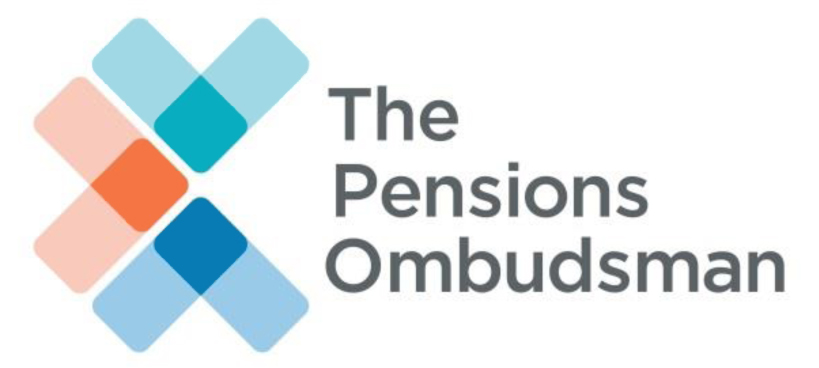On average, trustees are willing to give a higher share of surplus to employers, as employers take on 100 per cent of the downside funding risks, research from Isio has found.
The survey found that over two thirds (68 per cent) of professional trustees think the minimum member share of surplus needed to justify running on is 40 per cent or less, while 30 per cent said they have not yet considered this.
However, Isio found that more than half of trustees would only be comfortable returning a surplus to employers in ongoing schemes that are overfunded on a buy-out basis plus a buffer.
It also revealed that whilst more permissive legislation for releasing surpluses would be welcome, less than a third (30 per cent) of trustees said they would be comfortable to start returning the surplus to an employer in ongoing schemes that are not yet fully funded on a buyout basis, with more than half preferring a buffer of 5 per cent or more.
In addition to this, Isio noted that investment returns outperforming insurance pricing discount rates is a key source of expected surplus generation, warning that caution on investment strategy could be a barrier to running on with purpose.
In the research, trustees were asked what investment return target should be set for schemes that plan to continue for at least five years after the earliest chance to purchase a full scheme buy-in.
Over half (55 per cent) of trustees said they would ideally target an investment return ranging between gilts plus 1 per cent per annum and gilts plus 1.5 per cent per annum.
Meanwhile, almost a quarter (24 per cent) of trustees preferred a more conservative investment target of gilts plus 1 per cent per annum or less.
Isio acknowledged that a cautious approach to investment strategy was understandable given the de-risking journeys that many UK defined benefit schemes have been on.
However, the consultancy suggested that a target of between gilts plus 1.5 per cent per annum and gilts plus 2 per cent per annum might provide a better balance between achieving sufficient expected upside for members and employers while maintaining a “very low” probability of moving into a technical provision’s deficit.
The research also found that minimum scheme size for run on could be lower than thought.
The firm noted that many market commentators argue there is a minimum scheme size for run-on to be practical for members and employers, as smaller schemes face a higher running cost relative to their assets, leading to a greater drag on expected surplus generation.
However, the survey also revealed that over half (56 per cent) of trustees who had already formed a view, believe that schemes with at least £100m of assets are viable for run-on.
Furthermore, for schemes with at least £250m as assets, the figure increased to 75 per cent of trustees who would consider run-on, while 23 per cent felt there was no minimum asset size for schemes looking to run-on.
Isio also argued that that run-on strategies could be attractive for well-funded, immature schemes smaller than £100m due to the faster improvement in insurance pricing from retirements and ageing.
The consultancy also said that it expected that employers with US parent companies sponsoring small schemes could push for run-on due to the unfavourable accounting treatment for buyout under US generally accepted accounting principles.
However, Isio found that it has been "extremely" rare for trustees to release surplus to sponsors before schemes enter wind-up, suggesting that more guidance is needed from The Pensions Regulator in this area.
Indeed, when asked to choose up to three changes that would be most effective in making it more common to release surplus from ongoing schemes, over 70 per cent of professional trustees cited balanced and comprehensive guidance from The Pensions Regulator as being effective in removing behavioural barriers to gradually sharing surplus between members and employers.
This was followed by less than half (48 per cent) of trustees who said prioritising the introduction of a statutory override to allow surplus to be returned to sponsors irrespective of restrictions in scheme rules.
Commenting on the survey, Isio director, Matt Brown, said that most professional trustees have an “open mind” to different end games and see the employer’s views as key for deciding an approach.
“Employers that favour running on will be encouraged that most professional trustees would be comfortable for the member share of surplus to be less than the employer share,” he added.
“It can be easier to agree the sponsor’s preferred approach if it is raised early, so it is important for sponsors to model and quantitively assess different options."
Latest News
-
Looking back: Top 20 most read stories of 2025
-
‘Growing minority’ of pension savers turning to newer digital channels
-
Border to Coast deploys more than £1bn across private markets programme
-
Looking back: The Pensions Age 2025 DEI focus
-
This week in pensions: 15-23 December
-
Looking back: 2025 - The year of the big pension overhaul
Private markets – a growing presence within UK DC
Laura Blows discusses the role of private market investment within DC schemes with Aviva Director of Investments, Maiyuresh Rajah
The DB pension landscape
Pensions Age speaks to BlackRock managing director and head of its DB relationship management team, Andrew Reid, about the DB pensions landscape
Podcast: From pension pot to flexible income for life

Podcast: Who matters most in pensions?

In the latest Pensions Age podcast, Francesca Fabrizi speaks to Capita Pension Solutions global practice leader & chief revenue officer, Stuart Heatley, about who matters most in pensions and how to best meet their needs
© 2019 Perspective Publishing Privacy & Cookies











Recent Stories